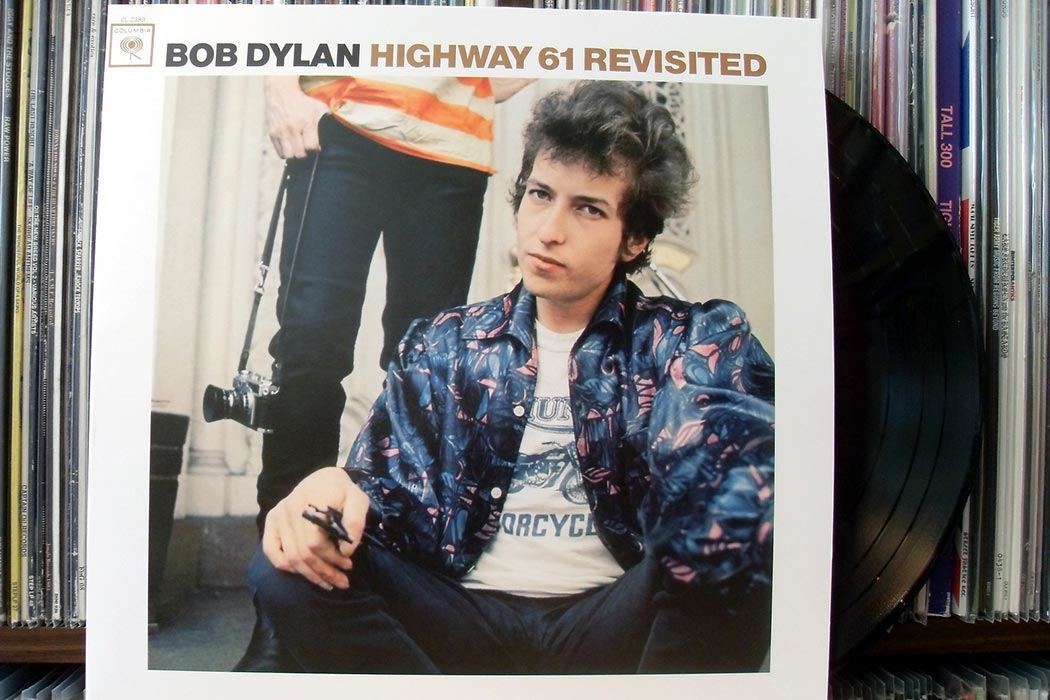“Once upon a time you dressed so fine…” Didn’t you?
Fifty-one years ago, to be exact, on June 15th, 1965, twenty-four year-old Bob Dylan and his band recorded “Like A Rolling Stone,” which Rolling Stone has declared the greatest song of all time. (Five days later, the Rolling Stones’ “Satisfaction” entered the Top 40 charts; this is the second best song of all time, according to Rolling Stone.)
Just a couple of years after that dynamic month in 1965, Ralph J. Gleason tried to explain the phenomenon of Sixties youth culture represented by all these turning rocks—including that “tiny demon of a poet” Bob Dylan—in The American Scholar.
As Gleason puts it, “For the reality of what is happening today in America, we must go to rock ‘n roll, to popular music.” Post-war affluence, Civil Rights, Vietnam…the causes of the Sixties are many, but the basic concept of youth revolting against their parents by making their own culture, and adults in their turn being revolted by what they see of the results, was not new. Gleason notes how people who once regularly violated Prohibition railed against hippies breaking the law by smoking pot, and cites pre-rock ‘n roll standards that celebrated sex and alcohol.
Gleason quotes the philosopher who might be the earliest music critic: “Forms and rhythms in music are never changed without producing changes in the most important political forms and ways.” That was Plato, more than 2300 years before Dylan.
Now, you don’t need to be a Plato to tell which way the cultural wind is blowing. The ancient Greek gave music quite a lot of credit: “The new style quietly insinuates itself into manners and customs and from there it issues a greater force… goes on to attack laws and constitutions, displaying the utmost impudence, until it ends by overthrowing everything, both in public and private.”
And Plato, it must be remembered, never even saw an electric lyre.







